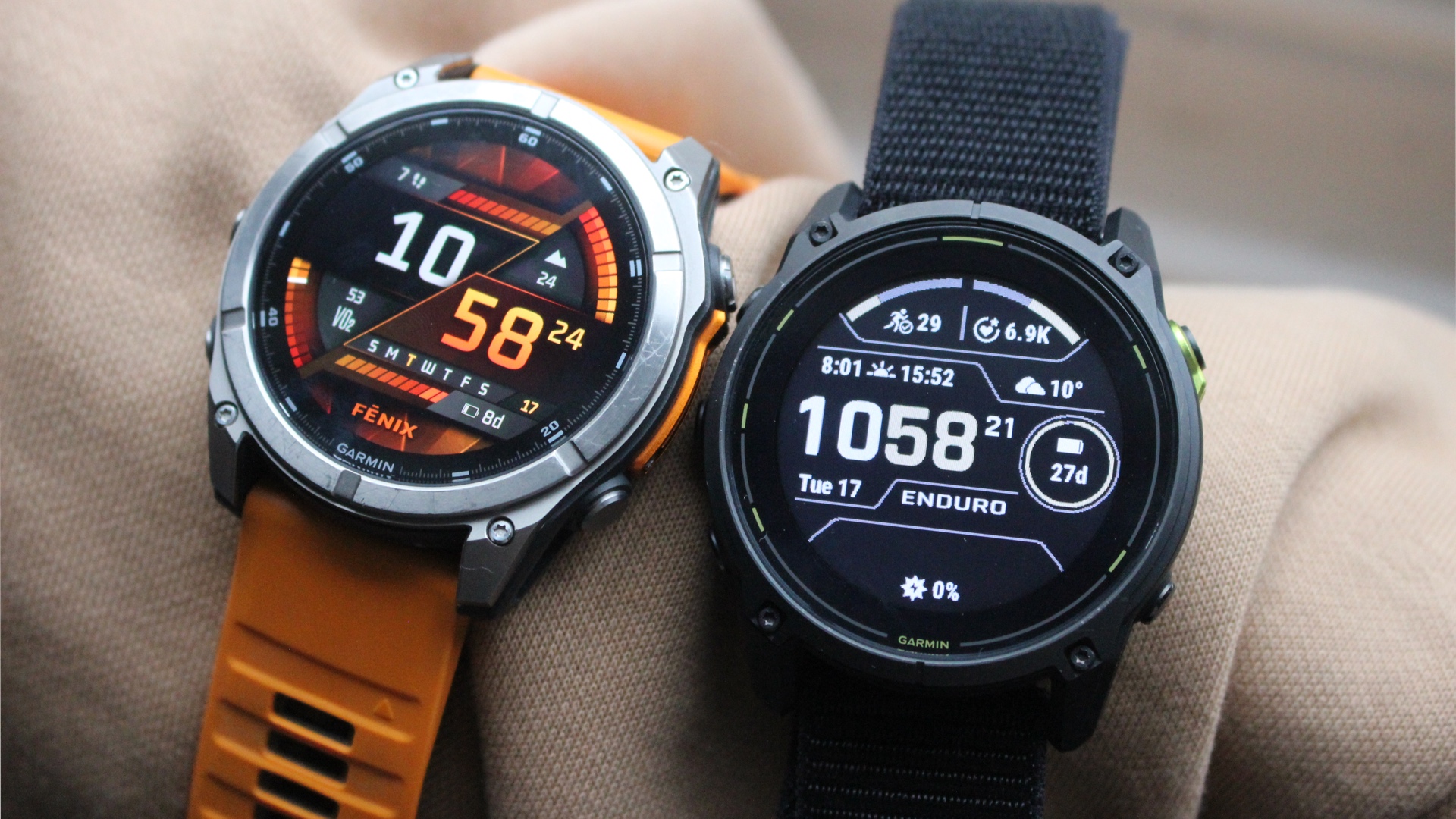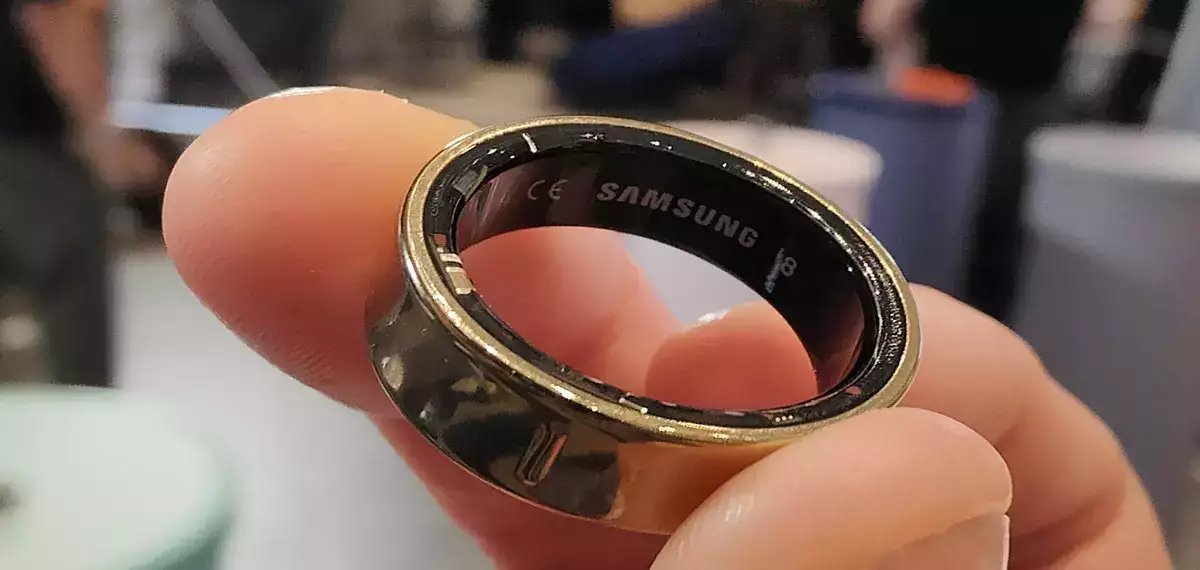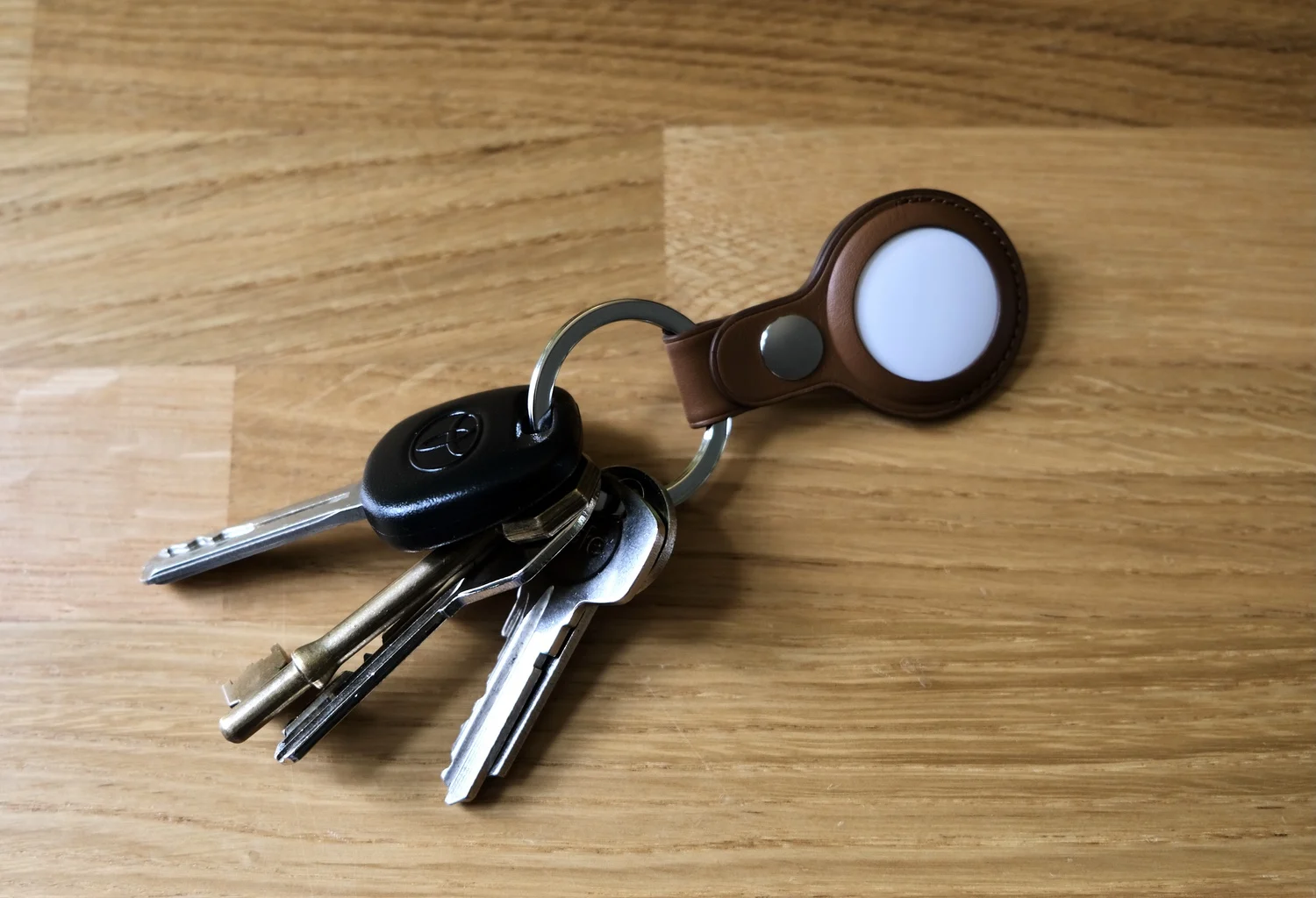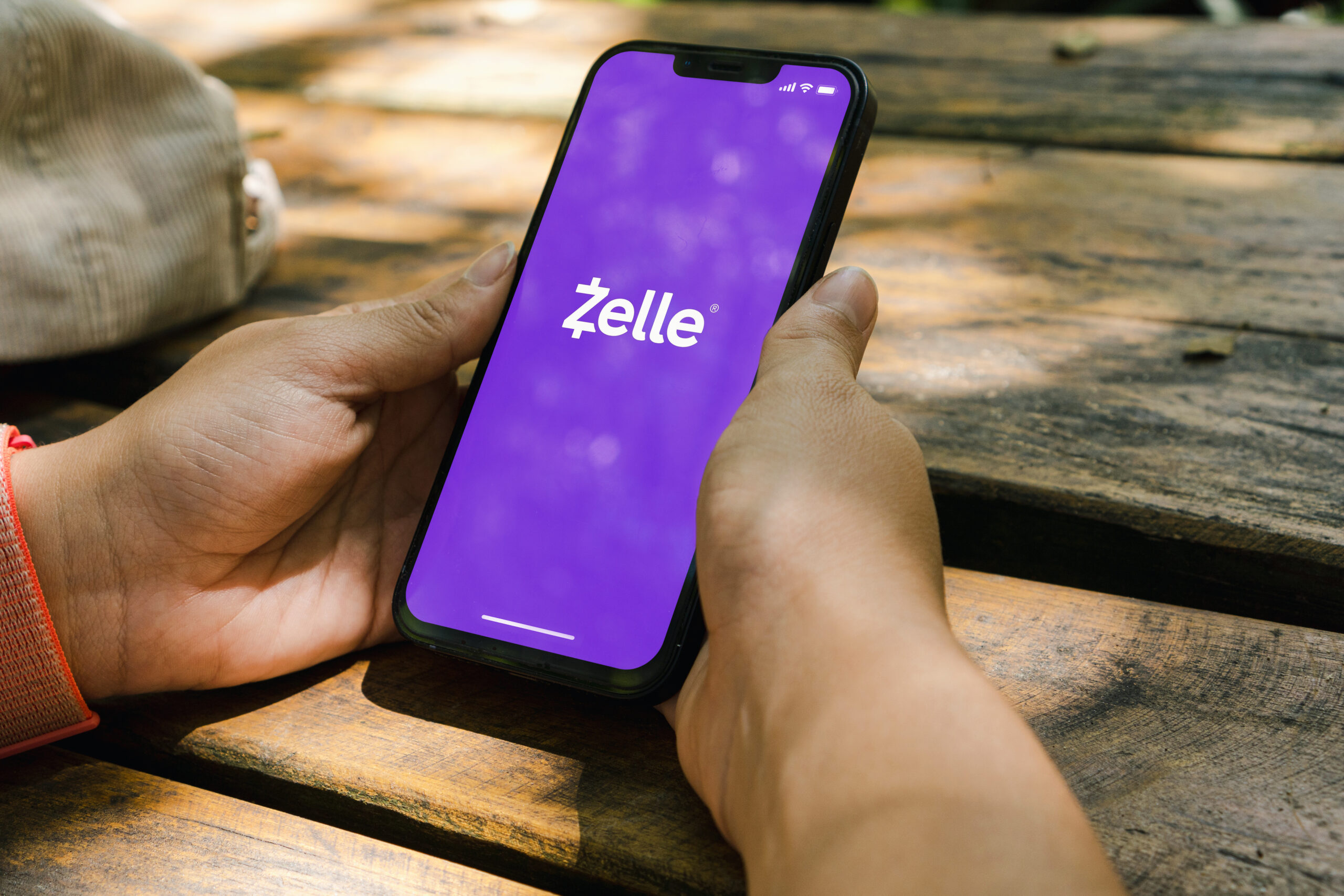In a remarkable advancement for brain-computer interface (BCI) technology, Neuralink, the neurotechnology company founded by Elon Musk, has successfully implanted a brain chip in its first human patient. This significant milestone not only marks a new era in medical science but also showcases the potential for people with paralysis and other motor impairments to interact with digital devices using just their thoughts.
Key Highlights:
- Neuralink’s first human patient with the brain chip has fully recovered, showcasing the ability to control a computer mouse merely by thinking.
- This development builds upon decades of research, connecting human brains to computers to address various diseases and disabilities.
- The Neuralink device works by recording brain activity from electrodes placed next to individual brain cells, translating intended movements into digital actions.
- Musk’s vision for Neuralink extends to treating a wide range of conditions including obesity, autism, depression, and schizophrenia, with aspirations for widespread use of the technology.
The journey to this point has been influenced by previous research efforts dating back to 2006, when the first paralyzed patient received a brain-computer interface implant. Neuralink’s approach involves a sophisticated system where microelectrodes “read” brain signals. These signals can potentially be used to restore movement through a “digital bridge” to the spinal cord, stimulating movement in paralyzed individuals.
The Patient’s Story
Noland Arbaugh, 29, became paralyzed below the shoulders several years ago following a diving accident. In January of this year, he underwent surgery to have a Neuralink chip implanted in his brain. During a recent live stream, Arbaugh demonstrated how he uses the implant to control a computer cursor, deftly navigating an online chess game entirely with his mind.
How Neuralink’s Technology Works
Neuralink’s technology consists of a tiny chip implanted in the brain, connected to flexible threads containing electrodes. These electrodes detect the electrical activity of neurons, the cells that process information within the brain. The chip then translates these brain signals into digital commands that a computer can understand.
The Future Potential of BCIs
Arbaugh’s achievement with Neuralink represents a significant step forward for brain-computer interfaces. While still in its early stages, this technology holds immense potential for individuals with severe disabilities. BCIs could enable people with paralysis to communicate, control prosthetic limbs, operate smart devices, and regain some level of independence.
The first patient’s ability to control a computer mouse using thoughts alone was publicly shared by Musk, highlighting the immediate applications of Neuralink’s technology for improving the quality of life for those with severe motor impairments. The long-term goal, however, extends far beyond, aiming to bridge the gap between human consciousness and digital devices, potentially unlocking new forms of communication, interaction, and therapeutic benefits.
Despite the groundbreaking nature of this achievement, Neuralink has been subjected to scrutiny regarding its safety protocols. It’s important to note that the development of brain-computer interfaces like Neuralink’s involves complex ethical and technical challenges that will require careful navigation.
As we stand on the cusp of what could be a new chapter in human-machine interaction, Neuralink’s first successful human implant represents both a significant scientific achievement and a beacon of hope for individuals with disabilities. The possibilities for the future of BCI technology seem boundless, from restoring mobility and communication to offering new treatments for neurological disorders.










Add Comment